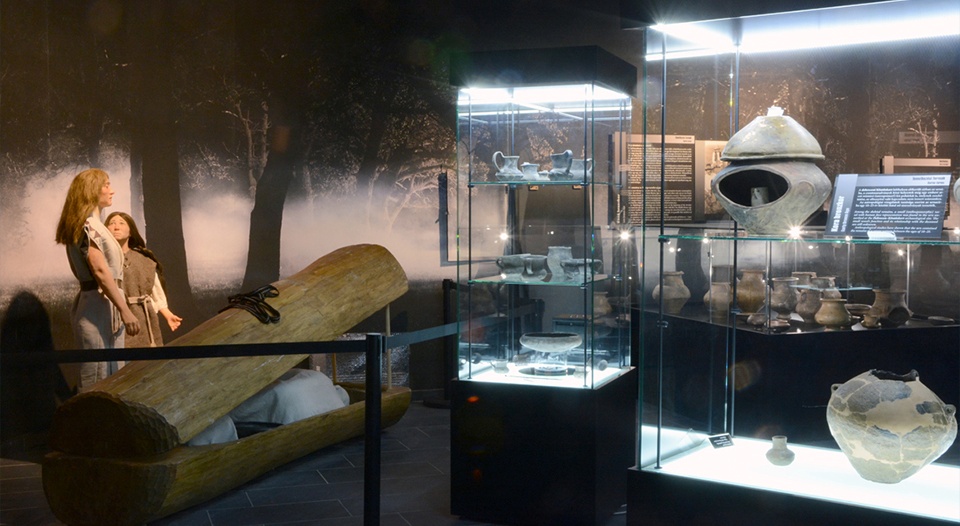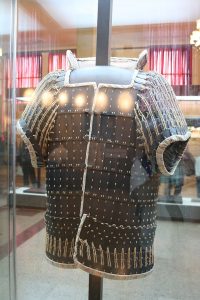
The newly recovered remains are the most complete rhabdodontid skeletons from the region.Continue reading

Archaeologists of the Déri Museum in Debrecen (eastern Hungary) found the tomb of a fully armed Avar warrior in November last year near Ebes (a village near Debrecen), and the details of the find are currently being examined by experts, the museum announced.
A full plate armor was found from the lone Early Avar grave, and the warrior, who was resting in a relatively shallow grave, had his horse buried above it. Under the horse, spread out over the deceased, the armor was found, on which the warrior’s wooden open-headed spear with arrows was placed, as well as his bow and sword.
The significance of the tomb lies in the armor it contains, which is the second piece of lamellar armor – after the artifact excavated in Derecske (eastern Hungary) in 2017 – that can probably be described as complete and was recovered in relatively intact condition during an archaeological excavation. Apart from the horse bones, the entire artifact assemblage was excavated in one block and is currently being dismantled and documented in the restoration workshop. This will allow the structure of the armor to be interpreted and reconstructed, and will provide additional information on the Ancient Age lamellar armor.
At the same time, the dismantling of the artifacts in the workshop will allow the detection and study of phenomena, such as organic remains, that would not have been possible in the field.
Lamellar armor was an important part of the equipment of the Avar heavy cavalry. A few fragments of this type of armor, made up of several small iron plates, are usually found in graves, some of them stitched together. Graves where the number of plates found indicates complete armor that have been disturbed in the early or modern period.

Modern copy of a lamellar armor dating to the late Warring States through Western Han dynasty era. Photo: Wikipedia
This is why the grave of an early 7th-century warrior found during the archaeological excavation in Derecske in 2017 was so special. The armor – the first lamellar armor that can be described as complete, considering the European armor fragments of the same period – was excavated by a specialist and was not in a disturbed state but in its original position. The importance of the Derecske artifact is shown by the fact that the museum’s treasures have been on display in recent years in Austria (Schallaburg) and Germany (Halle) in exhibitions of equestrian nomads.
These kinds of armor pieces were tailored to the individual, they were not standardized.
They could have been made of different sizes, shapes, numbers of plates, different lacing methods and different numbers of rows of plates, so the more complete or almost complete the armor pieces found intact, the more complete the picture of not only the armor but also of the Avar heavy cavalry. This is why the recent discovery of a horse tomb at Ebes is of great importance. Its examination has already begun, and the armor and weapons can now be seen on the body, but as the restoration work progresses, other valuable finds may be unearthed.
Via MTI, Featured image: Facebook/Déri Múzeum